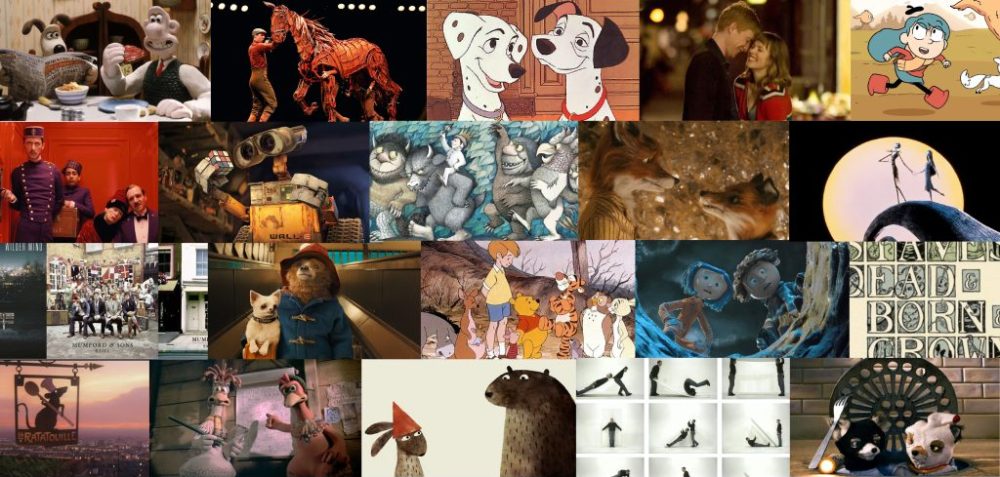
My final 3-panel story was based in this location drawing I did at Tate Modern:

I chose this one because I was pleased with the proportions of the girl (you can tell it’s a child) and she reminds me of the sort of characters that featured in books I read when I was growing up.
The way she’s standing made me imagine her waiting for something, which is how I ended up drawing her standing on a train station platform. It made several drafts before I decided to submit this one, most of which came from my head rather than using references.
I was pretty pleased with the final result, given that I rarely draw entire scenes like this from my imagination as a polished piece. However, a number of issues were flagged up during feedback. People felt it was unclear that it was at a train station, and some people thought the person on the opposite platform was another version of the girl. I had tried to change the proportions to show that this was an adult, but maybe the differences are too subtle.
The tutor said that my piece isn’t really a story, more just a single moment, and commented on the fact that it is very static. Part of the reason for this is that my moving image work is often influenced by director Wes Anderson, who uses a lot of static camera work and central alignment in his composition, and hones in on small, seemingly inconsequential moments. So I think I got a bit too caught up in my own stylistic tastes and didn’t think about whether I was creating a genuine dynamic story here.
But I still like the non-moving camera angle and the simplicity of it. I can see that it’s not very exciting, but it feels authentic to me. To me, this 3-panel story is about the feeling of waiting for someone important to arrive, not being able to move until they do, and then finally seeing them. I think you can communicate big things like that in small ways, and if I were to make this into a film or animation, I would include those little details like the girl’s hands fidgeting, or the wind blowing her hair and coat.
Actually I kind of want to make that now…
So to improve this piece, I would add some colour to help distinguish the different elements, and I would make the drawings more detailed for the same reason. If I were to change the camera angles, some ideas would be to show the little girl from the side in the second one, maybe looking at her watch or down at the long length of the train tracks.
